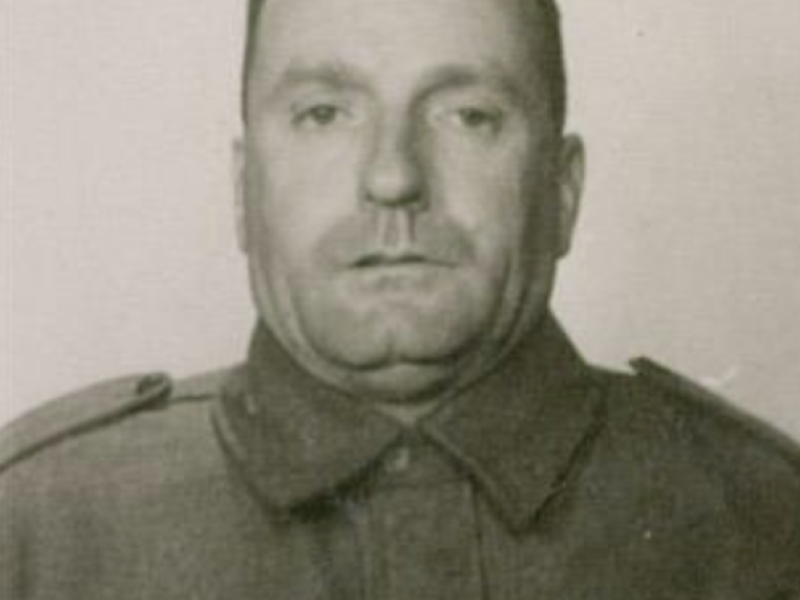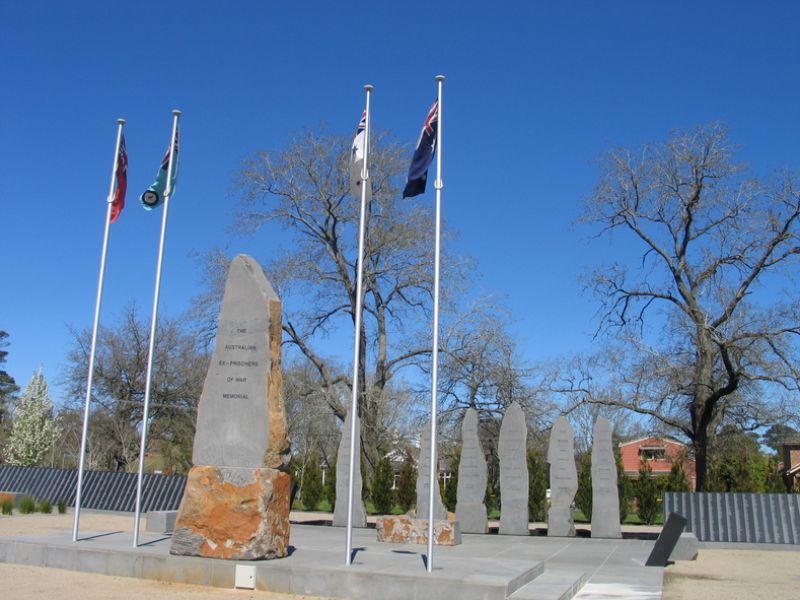Francis Henry Lawrence
Lawrence was born on the 21st of June, 1905 in Albury, New South Wales, to Frederick and May Adelaide Lawrence. He married Ida Emma (surname unknown) and the couple lived at 5 Chatham Street, Prahran, a suburb of Melbourne.
At the age of 36 he enlisted in the 2nd AIF at the Melbourne Town Hall on the 13th of May, 1941. He was allotted the Army Number VX55738 and placed in the Royal Australian Engineers. Three days later he was given leave, reporting back to Royal Park on the 20th of May.
He was transferred to the Engineering Training Depot at Puckapunyal and on the 8th of July was posted to the 3rd Reinforcements for the 2/2nd Pioneer Battalion. His civilian experience as a builder would have contributed to this posting.
On the 3rd of September, 1941, he embarked on HMT GG at Sydney, disembarking in the Middle East twenty days later. The 3rd Reinforcements joined the Battalion on the 10th of November at near Baalbek, Lebanon, close to the Syrian border. November and December were spent training and patrolling the local towns and villages. The battalion experienced a white Christmas when snow fell on Christmas day.
On the 30th of January the main body of the battalion moved by train, arriving at Suez the following day. Two days later they embarked on the SS Orcades. On the 15th of February the Orcades arrived at Oosthaven, Sumatra. The battalion was ferried ashore at dusk via the Van Spilbergen. 300 miles away at Palembang, Japanese paratroops had seized the oil installations and one airfield. It was intended that the 2/2nd would form part of Boost Force under the command of Lieutenant Colonel Blackburn VC. However it was immediately re-embarked on the Orcades and sailed. Upon arriving at Tandjoeng Priok, the port of Batavia, it was informed that Singapore had fallen.
For the remainder of February and early March the battalion defended the island of Java. By the 5th of March it had gathered at the town of Soekaboemi (Sukabumi) in the western part of the island. By this stage the battalion had experienced 128 casualties, which included 118 officers and men of A Company which had been declared missing in action (these turned up over the next few weeks). Three days later all Dutch forces surrended. This put enormous pressure on the Australian troops that they were ordered to cease fire and destroy all of their war material.
During the next few months the battalion was spilt into three different groups, with each group following a different path on their journey of being a prisoner of war. It’s unknown which group Lawrence was in. However, it is known that by August of 1943 he was working on the Burma-Thailand railway at the 100 Kilo Camp, which was also refered to as Regue. Conditions as a prisoner of war under the Japanese were horrific. Lack of food, clean water, medicine and unsanitary conditions accompanied by harsh work conditions and constant beatings and punishments resulted in severe malnutrition, mental and physical scarring, disease and death. While working along the railway, Lawrence developed a severe case of dysentry along with tropical ulcers on his legs. He died on the 24th of August, 1943, as a result of these.
He was original buried in the cemetery at the 100 Kilo camp in Burma (now called Myanmar). After the war he was re-interred in the Thanbyuzayat War Cemetry.
The sketch below was obtained by the Strategic Services Unit from Captain Ira H Fowler (No. 131) of the Royal Artillery. He made the original drawings and buried them for safe keeping as the Japanese did not allow prisoners of war to keep any written information. Lawrence’s grave is number 58.
Lawrence is remembered on the Australian War Memorial Roll of Honour, and the Ballarat Australian Ex-Prisoners of War Memorial. For his service, he was awarded the 1939-1945 Star, the Africa Star, the Pacific Star, the Defence Medal, the War Medal 1939-1945 and the Australian Service Medal 1939-1945.

 Stephen Learmonth
Stephen Learmonth